blog
The Bit Rot Project by featured photographer Valentino Bellini, text by G.Giannelli and G.Griziotti
E-Waste is the new emerging pathology of the man-environment ecosystem, born during the current historic period characterized by capitalistic production.
Electrical and electronic waste (e-waste) is the major flow of waste in the world, growing faster than any other type of waste. With an annual volume that goes between 40 and 50 million tons, according to the UNEP (United Nation Environment Program), the growing amount of e-waste could grow exponentially, as much as 500 times over the coming decade. Especially in countries like India, China and some African regions where the technology industry is growing fast. It is hazardous waste, containing dozens of substances dangerous to human health and the environment; it is hard to be sustainably disposed of and it needs a costly processing technique to make it recyclable. This is the reason why about 80% of the e-waste produced in developed countries (North America and Europe on the top of the list) is not disposed of in situ, but shipped, most of the time illegally, to developing countries on cargo ships, where it is illegally disposed of.
In its history of subjection and exploitation of the planet’s resources, the human specie has always produced scraps and waste as a side effect to its production and consumption activities.
With the so-called industrial economy first, then the chemical, the petroleum and furthermore the plastic one, the waste produced by man couldn’t be metabolized and recycled by the force of nature that regulates the vital dynamics of the planet.
The commercialization process and the capitalistic valorization created a true “waste economy”. This extends the logic behind profit and exploitation even to those scraps that it had produced, creating a never ending cycle that profits from its own death.
Like organic waste, which becomes organic matter and regenerates life during decomposition, the capitalistic action uses the work of human being to decompose waste produced by other humans in order to generate profit.
No longer do worms and enzymes carry out the natural cycle of life and death, producing biochemical energy and fertilizing the land. Now men and women are forced to take apart inorganic carcasses and generate money for their survival and for other men’s profit.
The peculiar way of functional diversification and specialization of the human species, brought by the modern global organization and the capitalist system of production, subtracts from the natural resources and the knowledge from traditional production techniques, that were once sufficient to sustain the local populations. And it forces the population who is now deprived, to accept, as only solution, a survival condition given from operating a specific function inside the large world’s work division system.
Old and new colonization’s processes produce old and new functional specialization’s forms based on ethnos and territory, giving life to generations of men and women condemned to carry out specific tasks. Men and women are “socially modified” to carry out a specific functional task to support the entire system.
This is what happened to the “waste economy”, which, since it was born with the industrial capitalism, has been subjected to changes implied by the transformation, that the industrial capitalism itself has been undergoing through time. In the same way, “ socially modified men” have been involved in transformations to adapt to the changed functional needs.
It is hard not to remember the role of the junk dealer of the city during the industrial age, or to not recognize the figure of the metal digger, usually looking for copper, going trough waste containers in the contemporary post industrial cities. Those two figures are the product of a different setting of the capitalistic system on a historic and quality level.
Hard to leave out in this category are those who selected urban solid waste, working in the open-air dumpsters of western cities during the industrial era.
Perhaps today, thanks to the diffusion of the information linked to communications technology, it is easier to recognize men, women and children of African villages that “ decompose” big commercial ships beached because left abandoned and adrift. Or maybe those who select urban solid waste in the open air dumpsters in Madagascar, a sublime place transformed into one of the 21st century post-industrial World’s dumpsters.
The current phase of the “financial-biocognitive” capitalism defines the physiognomy of the present day version of the “waste economy”, accepting “e-waste” as matter and symbol of discontinuity and at the same time, peculiarity when compared to the past.
Trough cognitive machines we have the production of new, in their genre, consumerist individualities; the substance of consumer objects, even in its symbolic meaning of social emancipation instrument that characterized them during Ford’s era of mass production and consumption, has now been drained of its ability to give pleasure. To avoid the cognitive machines to become recyclable instruments of independent production of multitudes, the objective of the capitalism of the millennia is to create bio-cognitive individualities destined to produce and to consume information, signs and symbols during their biologic existence, transferring to the immaterial content, true merchandise value.
The cycle for the valorization of capital, that during the industrial and modernization era was represented with the famous formula “M-C-M+”i. Today, the biocognitive-financial capitalism becomes “M-I-M+” where I is the information that is continuously produced and consumed by individualized men who are the product of segmentation and biocognitive segregation.
To survive the drop of profits linked to the now computerized industrial production, the cognitive capitalism needs a “ digitalization of the Ego” induced to the continued fulfillment by its “ semiotic bulimia”, from which it can extract most part of its value, banishing materiality (that we already discussed as object of valorization) to become just a support, a vehicle, a means of the “sign”, where the sign is the real object of individual pleasure.
This unconditioned commercialization’s logic is a machine that produces dichotomies: “Sign”/ “support”/, “information”/ “matter”, which reverberate on space-time divergent dimensions. Signs and information linger everywhere and forever in hypermediated networks and individual minds.
Support and matter stay limited and localized as a result of a necessary and procured physical and technological obsolescence and of their specific territorial localization at the end of the employment cycle.
And it is in this procured “spatiality” that we go back to the e-waste; a massacre of land and men, brought by the neoliberal management of digital consumerism’s waste.And it is always in this “spatiality” that the matter meets materiality, the misery and the blunt life conditions of men, women and children that survive de- composing it.
If in the solitude of life online there is loss of contact with the materiality of technological objects, it is this spatiality that stuns when we find those objects again in the form of a toxic dumpster. And the gaze of young men and adolescents that are forced to live in it is even more stunning.
The vastness and the quantity of e-waste sites in poor southern countries is explained by the million of tons of electronic scraps poured out there. It is a growing flow because during the integration process of networks and territories to PC and to television we have to add a billion new mobile devices like smartphones, tablets, laptops etc. This squander is incentivized by ICTii Corporations, which in their spasmodic research for infinite profit implemented a programmed obsolescence of their products that is increasingly widespread and imposing.
With the regime of the financialised governance, the laws that should prevent these kinds of human and ecologic disasters are planned in a way that leaves plenty of space to the interests of those who have economic power, public or private. It is quite a difference compared to the toughness applied to those laws made to keep migrant workers away from our postindustrial paradises. The governance’s executive prefers by far that they stay in their homes, and then transforms those homes, into toxic rubbish dumps.
Strengthening and enforcing insufficient international laws would thwart massive profits. Disposing of a PC by sending it to a dumpster in Africa costs $2, while it would cost $20 to sustainably recycle it. Those $18 are split between those apparently respectable operators from the north and their equivalent mobsters from the south. The connivance and complementarity between lawful capitals and capitals linked to the Mafia, in some countries of southern Europe, is reproduced on a world’s scale…
In the peripheral regions of the world, the forms of capital accumulation and Mafia-like organizations represent an essential means of insertion in the international division of labor.
According to economists that are not subserviced to the mainstream finance “in the end, cognitive capitals and capitals linked to the mafia find their true unity in the innate opacity of financial markets where any distinction disappears”iii. Providing additional evidence that the exploitation has the same matrix in building and in destroying…
In developing countries the eco-mafia is taking charge of rare and non-renewable resources. And is contributing to the ecological crisis with e-waste. In both cases we are talking about expropriation of the common, both regarding the devastation of land and the exploitation that confines with enslavement, and have seen the precarious life conditions of those who work in such an inferno.
The disturbing paradox is having before you, the tangible results of the rough materialization of the roles’ division in the global economy. The finance’s oligarchy gets the shares for intellectual property, immaterial production or bio-hypermedia devices, the multitudes of the “damnés de la terre”, get the enslavement into technologic dumpsters that invade their ecosystem making it sterile and toxic.
E-waste territories, 300 tons of radioactive water poured into Fukushima’s ocean every day, lands in decay ravaged by fracking (hydraulic fracturing) to extract oil and gas from shale: there is no breaking in the dangers of today’s capitalistic model. Through the network, the dominant machine of economic rationale is accelerating the rhythm of destruction of the biosphere.
When will it stop?
i: M-C-M+ with this formula Marx describes the advanced capitalism (at his time), where the money (M) is used to buy commodities (C) and then sold to make more money (M+). So the commodity is a means to increase money.
ii: Information, communication technologies
iii: Capitalisme cognitif et capitalisme mafieux di DIDIER LEBERT e CARLO VERCELLONE http://www.uninomade.org/quels-rapports-etablissez-vous-entre-capitalisme-cognitif-et-capitalisme-mafieux/
Translated from French by the author.
translation by Laura De Francesco
images © ValentinoBellini
bitrotproject.tumblr.com
Location: Online Type: Essay, Featured Photographer
Events by Location
Post Categories
Tags
- Abstract
- Alternative process
- Architecture
- Archives
- Artist residency
- Artist Talk
- Biennial
- Black and White
- Book Fair
- Car culture
- Charity
- Childhood
- Children
- Cities
- Collaboration
- Community
- Cyanotype
- Documentary
- Environment
- Event
- Exhibition
- Faith
- Family
- Fashion
- Festival
- Film Review
- Food
- Friendship
- FStop20th
- Gender
- Gun Culture
- Habitat
- home
- journal
- Landscapes
- Lecture
- Love
- Masculinity
- Mental Health
- Migration
- Museums
- Music
- Nature
- Night
- nuclear
- Photomontage
- Plants
- Podcast
- Portraits
- Prairies
- Religion
- River
- Still Life
- Street Photography
- Tourism
- UFO
- Water
- Zine

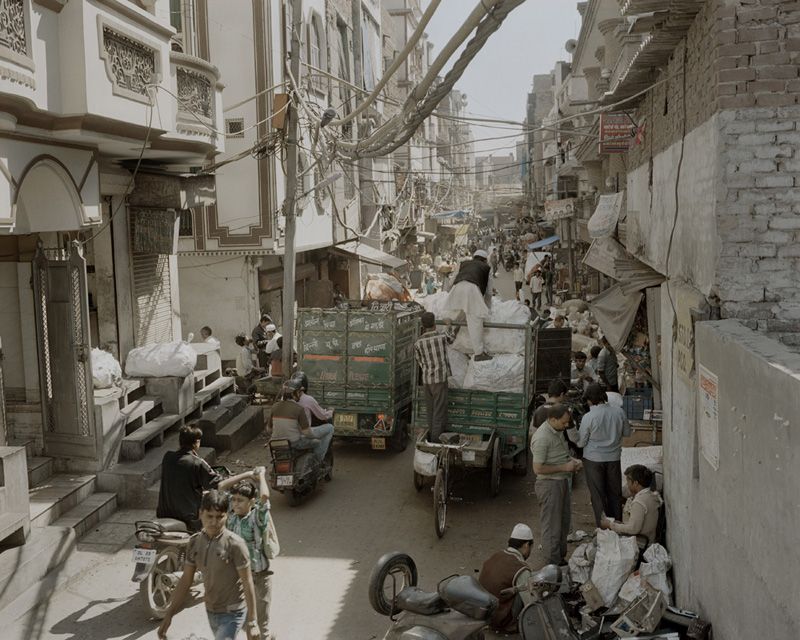
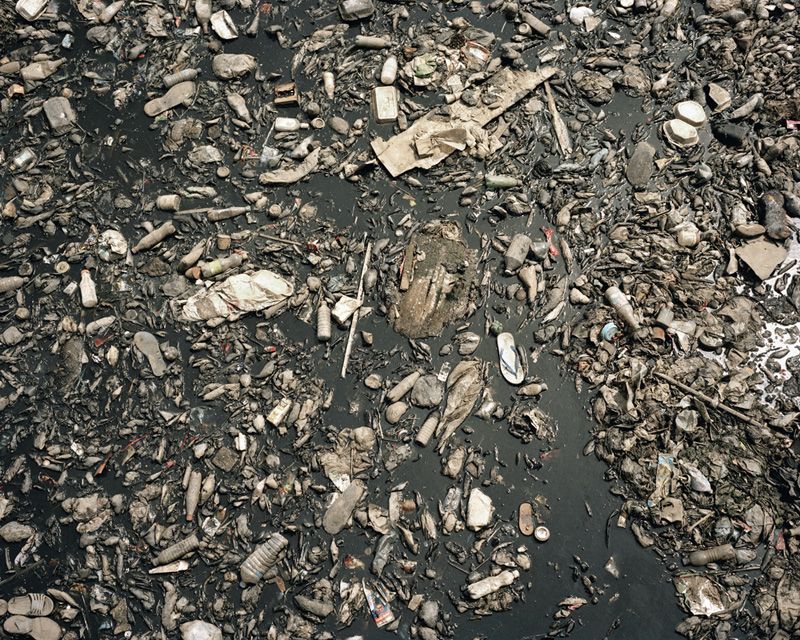
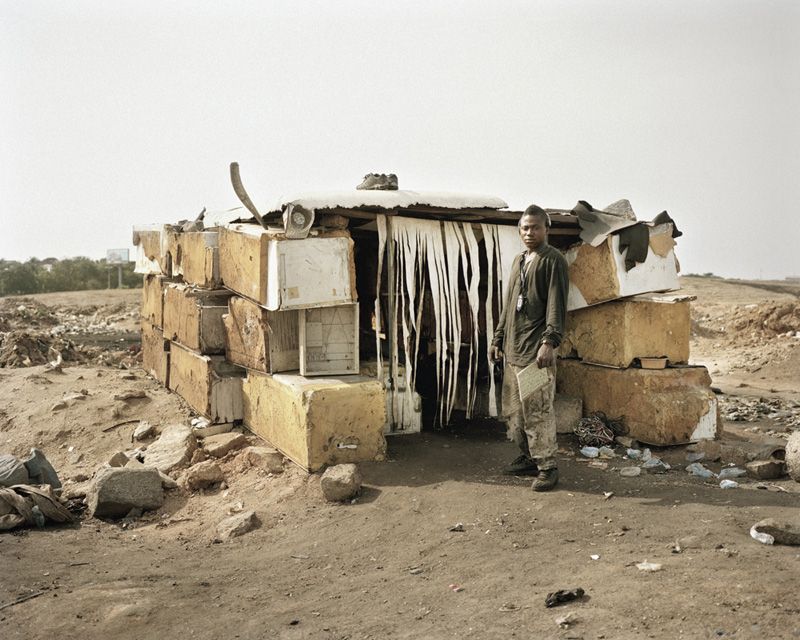
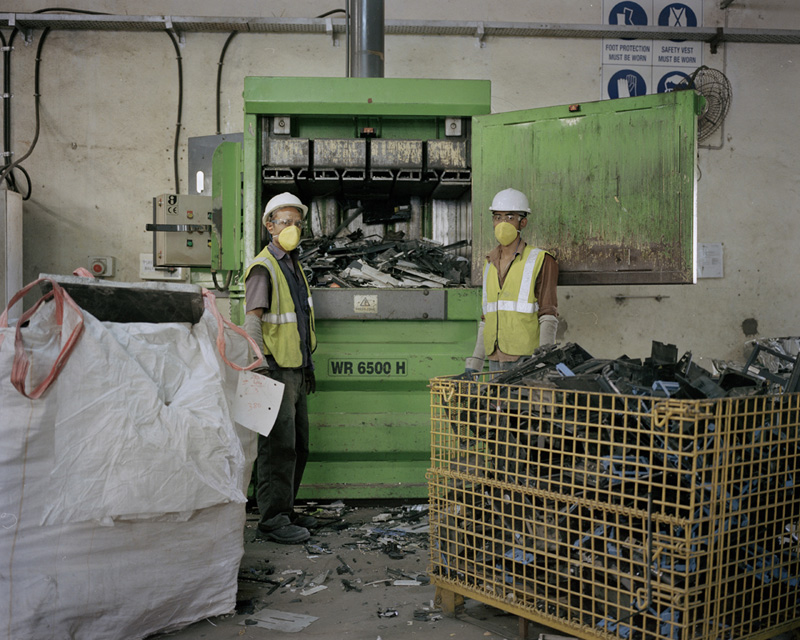
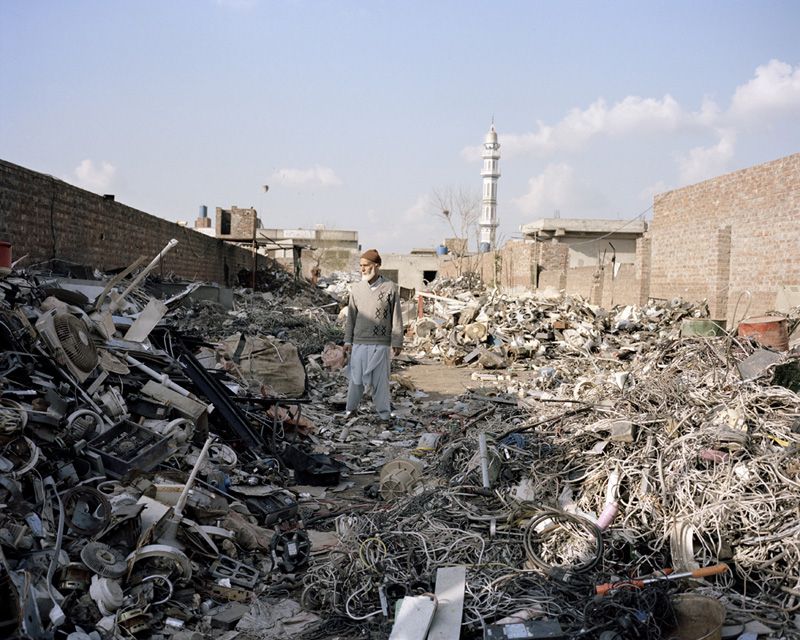
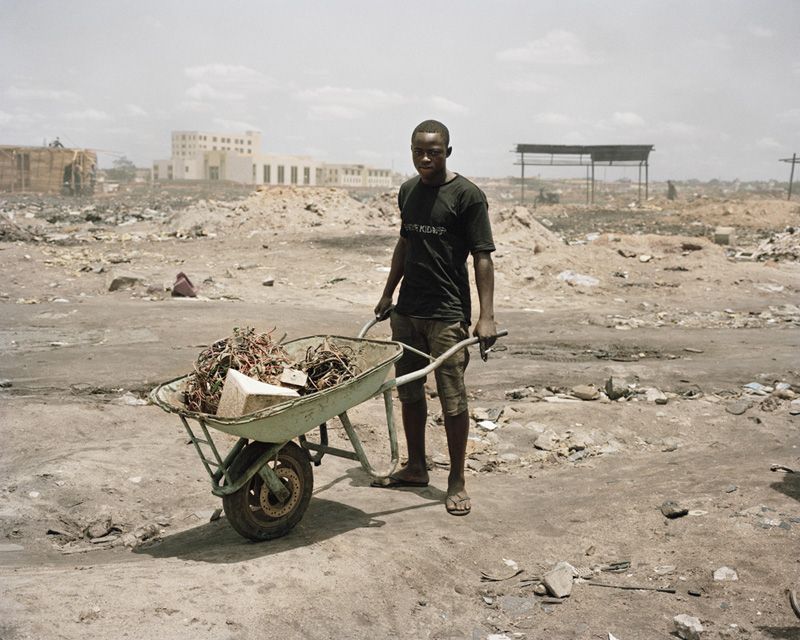
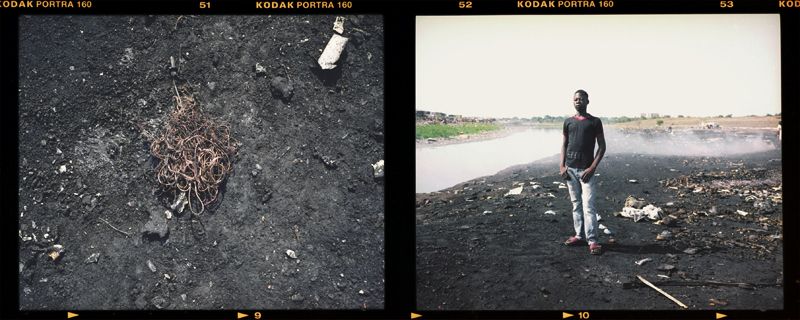
Leave a Reply